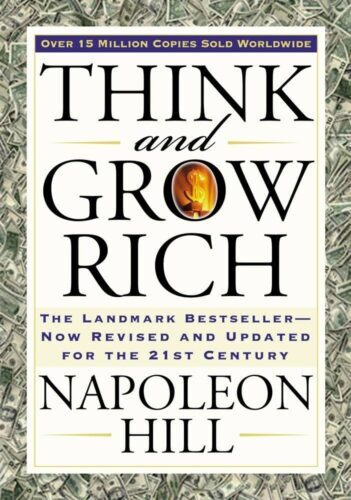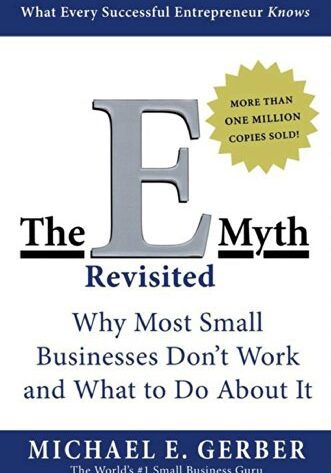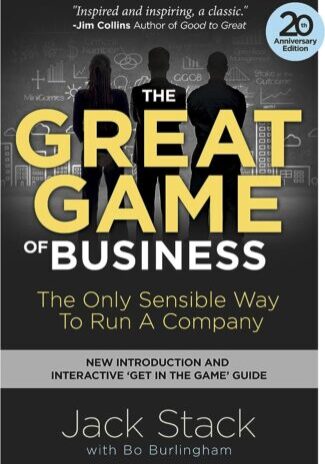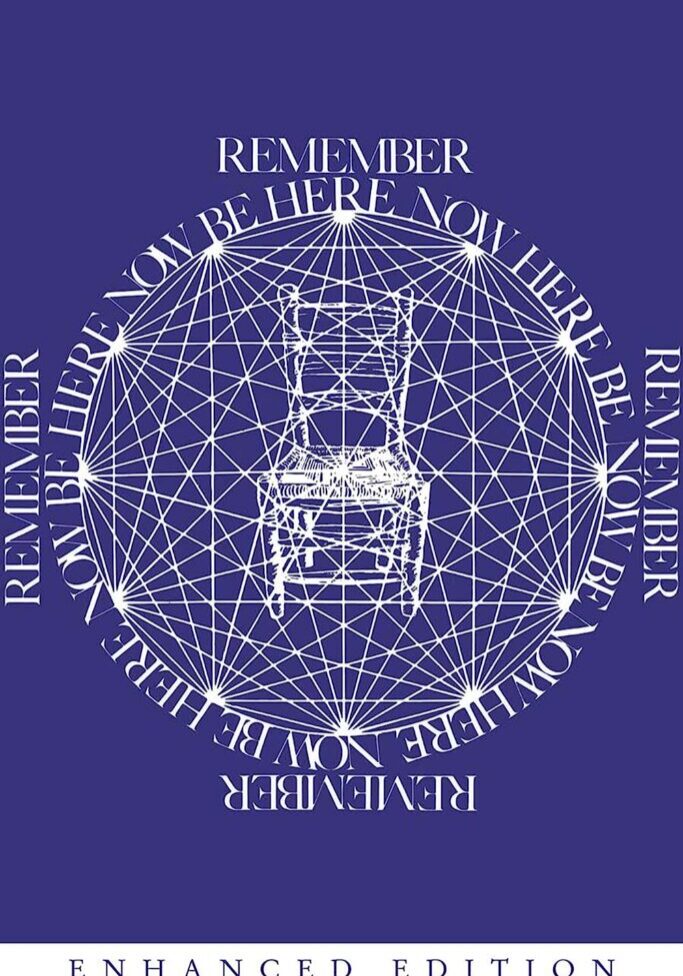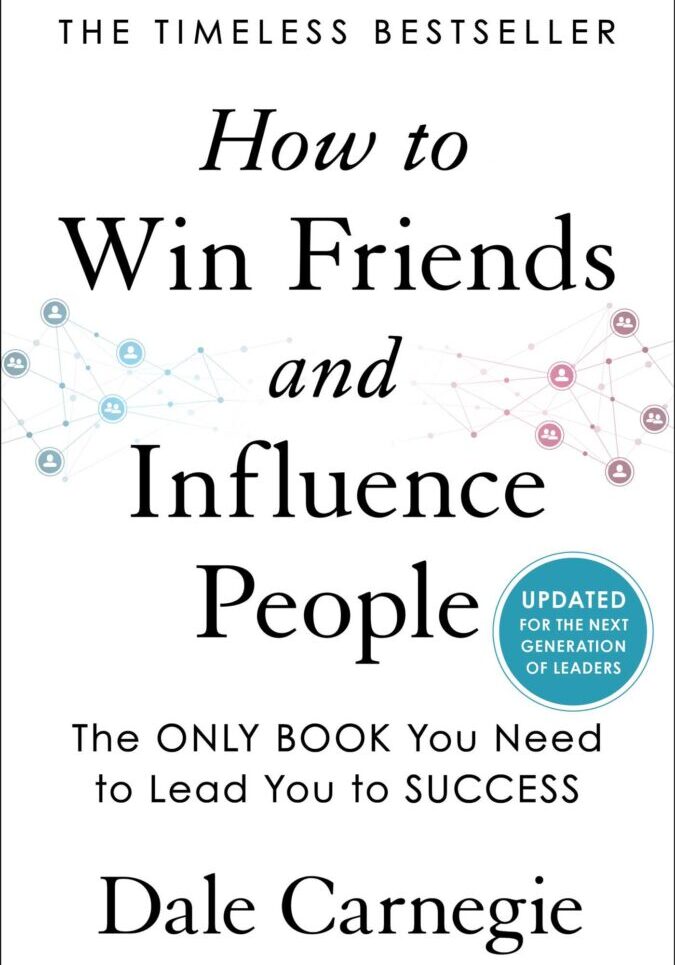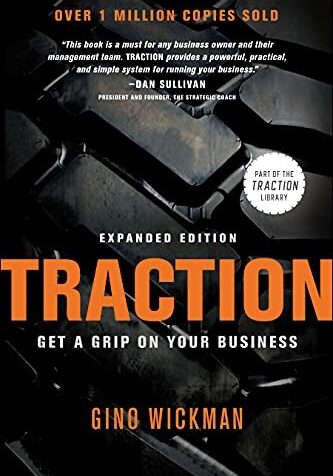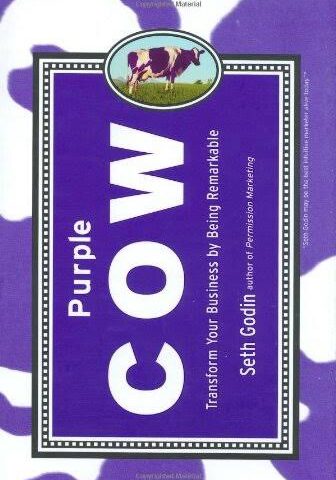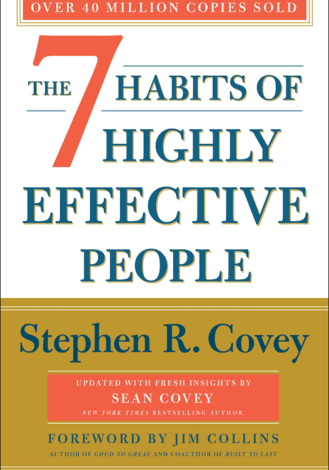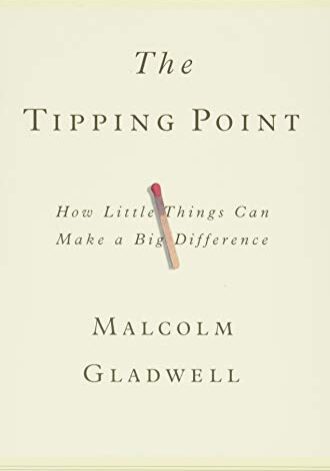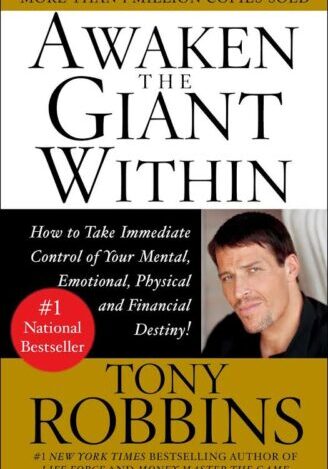Self-hypnosis is an incredible tool for personal growth and transformation. The beauty of this practice lies in its accessibility and applicability across various areas of life. Here's an expanded, more detailed guide to help you grasp the step-by-step process of self-hypnosis, allowing you to unlock its potential benefits.
Introduction
Embarking on the journey of self-hypnosis is like learning to dance with your subconscious mind. It requires understanding, patience, practice, and persistence. Whether you're new to self-hypnosis or have dabbled in it before, this guide will help you delve deeper into its transformative power.
The Basics
What Is Self-Hypnosis?
- Definition: Self-hypnosis is not mere relaxation but a conscious engagement with the subconscious mind, facilitating communication between your conscious and unconscious self.
- Applications: Beyond stress reduction, self-hypnosis can enhance creativity, accelerate learning, and even improve physical health.
Benefits
- Personal Empowerment: Control over thoughts and emotions, greater self-awareness, and personal growth.
- Healing and Wellness: Complements therapy and medical treatments, promoting healing and well-being.
- No Boundaries: Practice anywhere, anytime, without the need for specialized equipment or professional guidance.
Preparing for Self-Hypnosis
Setting the Stage
- Environment: Choose a place where you feel safe, comfortable, and free from interruptions.
- Intention: Clearly articulate what you wish to achieve, be it overcoming anxiety, enhancing focus, or cultivating a new habit.
Tools and Techniques
- Guided Sessions: Consider professional recordings or scripts if you're a beginner.
- Creative Visualization: Utilize visualization techniques to create a mental imagery that aligns with your goal.
A Detailed Step-by-Step Process
Step 1: Relaxation
- Breathing Techniques: Deep and rhythmic breathing helps relax the body, calms the mind, and prepares you for the hypnotic state.
- Progressive Relaxation: Focus on each body part, tensing and relaxing muscles, noticing the sensation, and letting go of physical tension.
- Mental Calming: Allow your thoughts to settle, focusing on calming images or simple mantras that resonate with you.
Step 2: Deepening
- Visualizations: Imagine yourself descending stairs, each step leading to a deeper state of relaxation.
- Counting Techniques: Slowly count down, with each number representing a deeper level of the hypnotic state.
- Sensory Engagement: Focus on sensations, such as warmth, heaviness, or tingling, to deepen the state.
Step 3: Working with Suggestions
- Crafting Suggestions: Write or mentally prepare suggestions that align with your goals. Make them positive, specific, and in the present tense.
- Repetition and Affirmations: Repeat the suggestions, allowing them to permeate your subconscious mind.
- Visual Imagery: Visualize the successful implementation of these suggestions, creating detailed mental images.
Step 4: Deepening the State
- Further Visualization: Imagine going even deeper, using imagery such as doors, pathways, or gateways.
- Emotional Connection: Connect emotionally with the suggestions, feeling the joy, relief, or satisfaction that accompanies success.
Step 5: Anchoring
- Create an Anchor: Choose a gesture, word, or physical sensation that will remind you of this state.
- Practice the Anchor: Repeat it several times, associating it with the positive feelings and insights from the session.
Step 6: Awakening
- Gradual Awakening: Slowly bring yourself back, either by counting upwards or visualizing an ascending journey.
- Post-Hypnotic Suggestion: Reinforce the work with a final positive statement or affirmation.
- Integration: Take a moment to reflect on the experience, maybe even jotting down any insights or feelings.
Conclusion
Self-hypnosis is a journey of self-discovery, empowerment, and transformation. This expanded guide provides a deeper look into the process, giving you the tools to explore and master self-hypnosis. As you practice and evolve, self-hypnosis can become a vital part of your self-care and personal growth toolkit.









